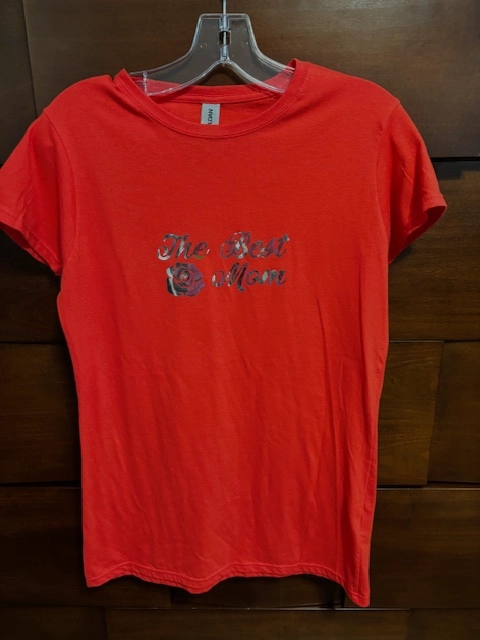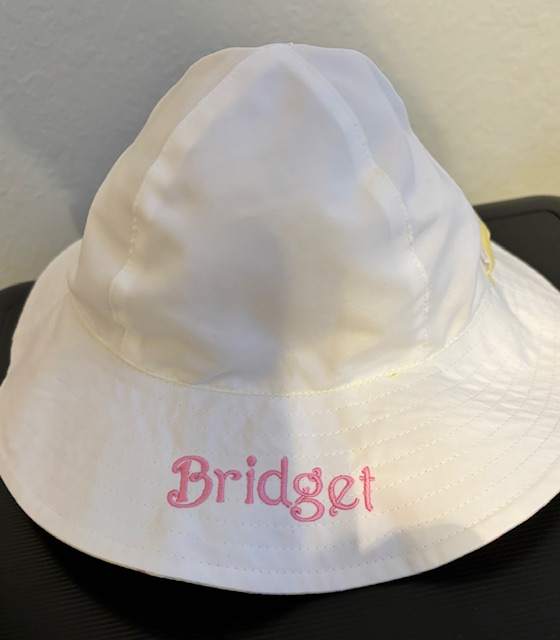Personalized School Uniforms with High-Quality Embroidery Providers
Personalized School Uniforms with High-Quality Embroidery Providers
Blog Article
The Art of Customized Embroidery: Opening the Keys to Creating Unique and Memorable Styles
Embroidery, a craft soaked in custom and virtuosity, holds within its intricate stitches the power to change fabric right into a canvas of distinct expression. The tricks to producing custom-made needlework styles that astound the eye and leave an enduring impact hinge on a fragile equilibrium of technique, imagination, and interest to information. As we dig into the globe of custom-made embroidery, we uncover the nuanced interplay between string selection, stitch intricacy, and layout customization that boosts a mere garment to a masterpiece. Join us on a journey through the art of customized needlework as we decipher the mysteries behind crafting truly unforgettable and distinct productions.
Selecting the Right Embroidery Threads
When selecting embroidery strings, what key factors should you consider to make sure the most effective results for your custom-made styles? The choice of embroidery string is crucial in figuring out the final result of your stitched layout. One of the main considerations is the material of the thread. Various products such as cotton, polyester, rayon, and silk provide varying levels of luster, toughness, and appearance. It is important to choose a string material that complements the material you are embroidering on and lines up with the desired appearance of the design.
Thicker threads can include measurement and appearance to your layout, while finer strings are suitable for complex details and tiny message. Furthermore, thinking about the shade fastness and washability of the string is vital to guarantee that your custom layouts preserve their top quality and vibrancy over time.
Discovering Various Stitch Methods
To look into the world of 'Checking out Different Stitch Methods', one should grasp the ins and outs and nuances that each sewing method gives the art of needlework. Different stitch strategies not only include aesthetic rate of interest but likewise contribute to the general texture and dimension of the style. One preferred stitch method is the satin stitch, which entails carefully packed parallel stitches to create a smooth and glossy surface area, ideal for filling up in shapes and developing bold details.
On the other hand, the backstitch is a flexible method usually used for detailing and including fine details. It includes stitching backward to produce a strong line of needlework. Additionally, the French knot stitch includes a tactile component to layouts, ideal for producing textured accents like blossom facilities or decorative touches.
Exploring different stitch methods allows embroiderers to have fun with light, shadow, and depth within their styles, raising the aesthetic appeal and imaginative quality of their embroidery projects. By mastering different sewing methods, one can open endless possibilities for creating distinct and unforgettable personalized needlework items.
Incorporating Personalized Layout Components
Having discovered the ins and outs of different stitch techniques such as the satin stitch, backstitch, and French knot, the emphasis now changes in the direction of incorporating customized design components in custom-made embroidery tasks. Customized design components play a vital function in making needlework jobs really one-of-a-kind and unforgettable.
Another means to integrate personalized design elements is by including icons or themes that hold unique significance to the recipient or show their rate of interests and character. For instance, including a preferred blossom, animal, or hobby-related symbol can make the needlework design a lot more meaningful and individualized. In addition, choosing shades that reverberate with the recipient or line up with the desired motif can Recommended Reading further enhance the customization of the needlework task.
Understanding the Art of Shade Coordination

One trick aspect of shade coordination is understanding color concept. This consists of knowing how various colors connect with each other, the feelings they convey, and exactly how they can be incorporated to create aesthetically attractive layouts. By using shade theory concepts, embroiderers can create unified color combinations that boost the overall look of the style.
Additionally, taking note of comparison is essential in color sychronisation. Making use of contrasting shades can help specific components of the blog layout pop, enhance readability, and create a visually dynamic needlework item. By mastering the art of shade control, embroiderers can elevate their designs and produce unforgettable pieces that reverberate with clients and customers alike.
Enhancing Appearance With Advanced Embroidery Stitches

French knots, as an example, are best for adding small, raised dots to your design, resembling the appearance of grains or developing a distinctive surface area. Bullion knots, on the various other hand, can be made use of to develop twisted, ropelike components that add a luxurious feeling to the needlework. Seed stitching includes tiny, scattered stitches that can fill out areas with a multicolor appearance, while turkey job produces fluffy, dimensional accents evocative pet hair or site link foliage. Trying out these sophisticated embroidery stitches allows you to press the boundaries of traditional embroidery and produce really distinct and aesthetically attractive textures in your layouts.
Conclusion
To conclude, the art of customized needlework involves a combination of picking the best strings, discovering different stitch techniques, integrating personalized style aspects, grasping shade coordination, and improving appearance with advanced stitches. By comprehending and executing these crucial elements, embroiderers can produce one-of-a-kind and memorable layouts that showcase their imagination and skill. Needlework fanatics can unlock the keys to creating lovely and custom items that stick out and leave a long lasting perception.
Report this page